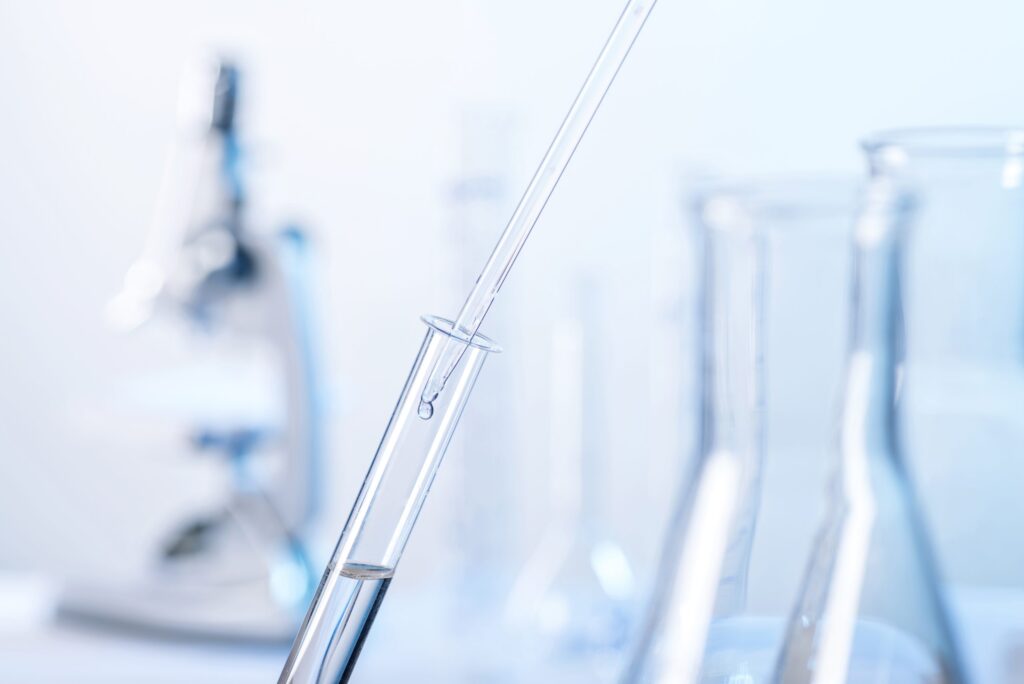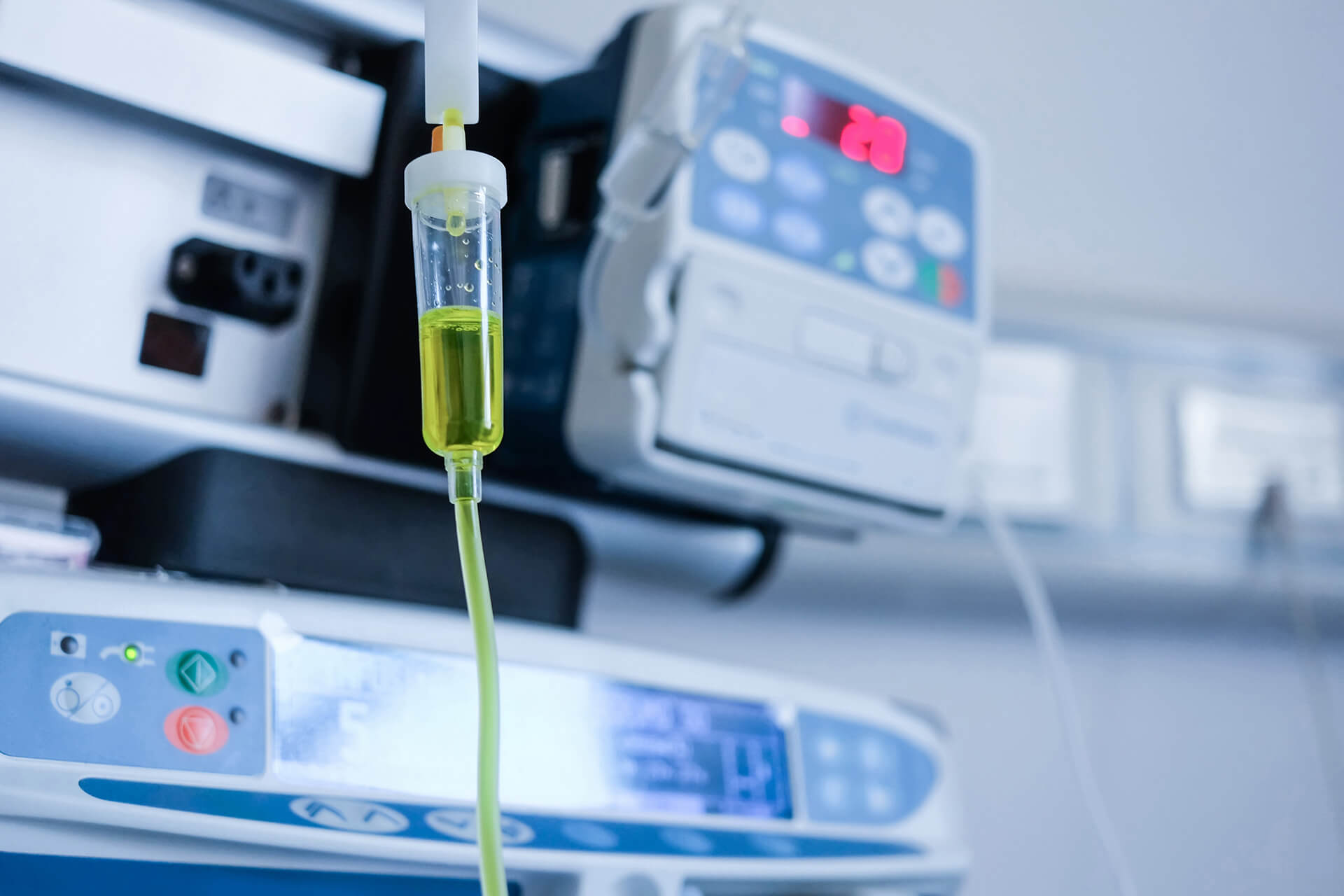
Definition
Sterility testing is designed to demonstrate the presence or absence of extraneous viable contaminating microorganisms in biological parenteral designed for human use.
Biological indicators are test systems that contain viable microorganisms with a defined resistance to a specific sterilization process. They help monitor whether the necessary conditions were met to kill a specified number of microorganisms for a given sterilization process.
Methods for Sterility Testing
Determining sterility involves the use of test material to inoculate media which supports microbial growth. Following inoculation, the media is monitored for 14 days for visual signs of bacterial or fungal contamination.

Purpose…What is the purpose of a sterilization indicator?
Chemical indicators are used to monitor whether the parameters to achieve sterilization have been met for a specific sterilization process
What are the tests for sterilization?
To check that the autoclave is functioning properly, the Vacuum Test, Bowie & Dick Test and Helix Test are carried out before the autoclave is used; Biological and chemical checks (sterilization indicators) are performed during the sterilization cycle to ascertain whether or not sterilization parameters are met.
Who guidelines for sterility testing?
The WHO sterility testing guidelines are applicable across a wide range of biological medicinal products including vaccines, blood products, biotechnology products, and cell and tissue products. In recent years, advances have been made in molecular methods such as nucleic acid amplification techniques (NAT).

What is the suitability test for sterility?
Method Suitability, also known as Bacteriostasis and Fungistasis (B/F) is a required validation recommended annually to substantiate a sterility test. B/F testing confirms the absence of antimicrobial properties present on pharmaceutical products and medical devices.






